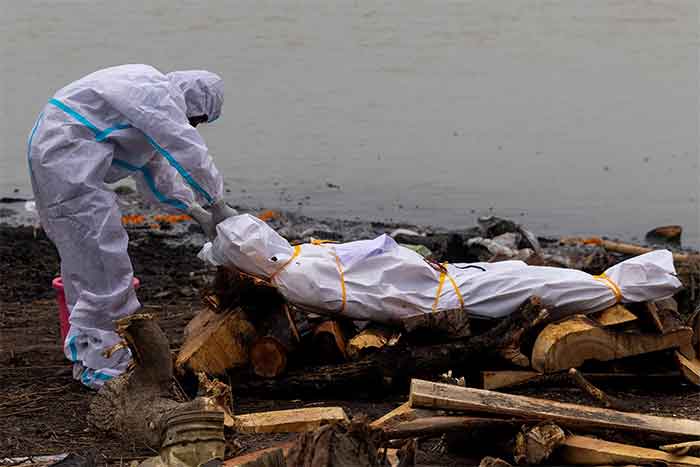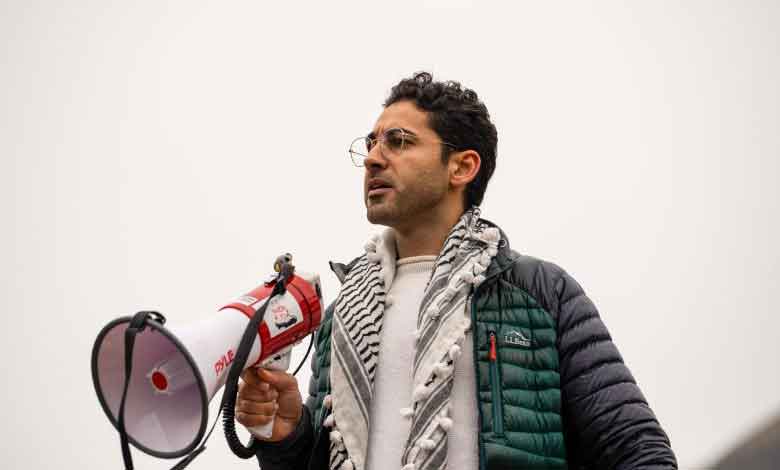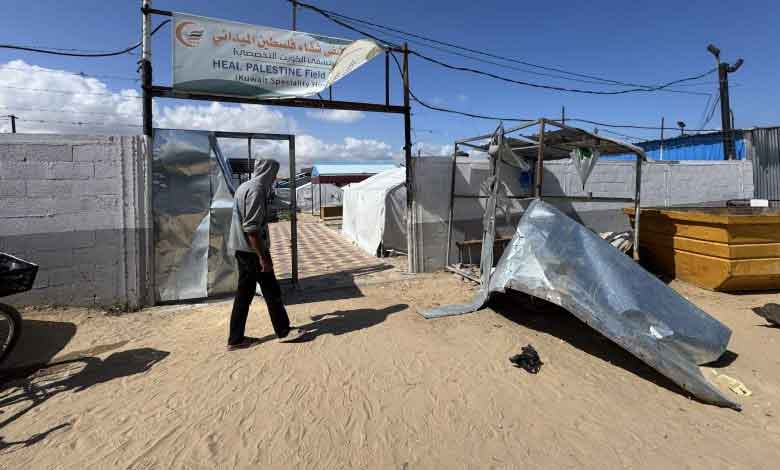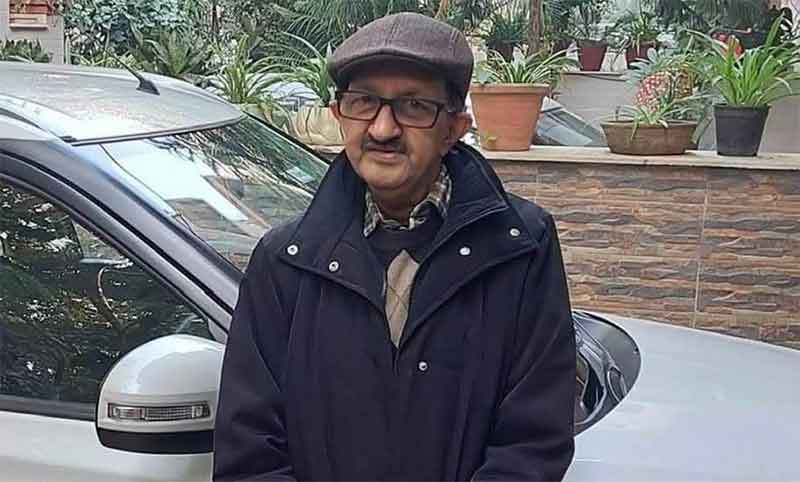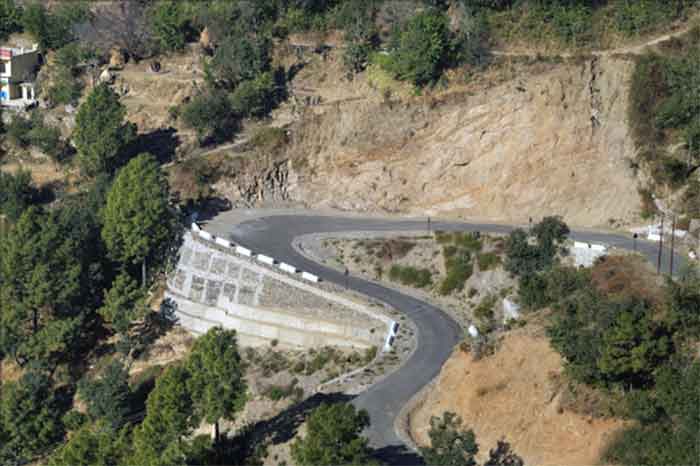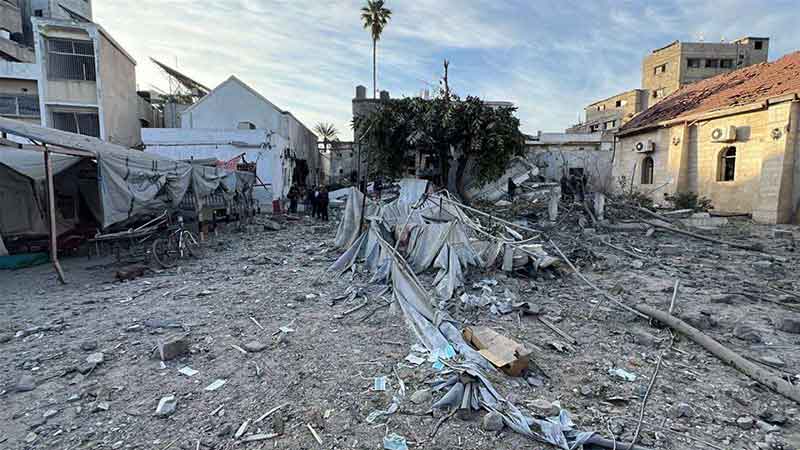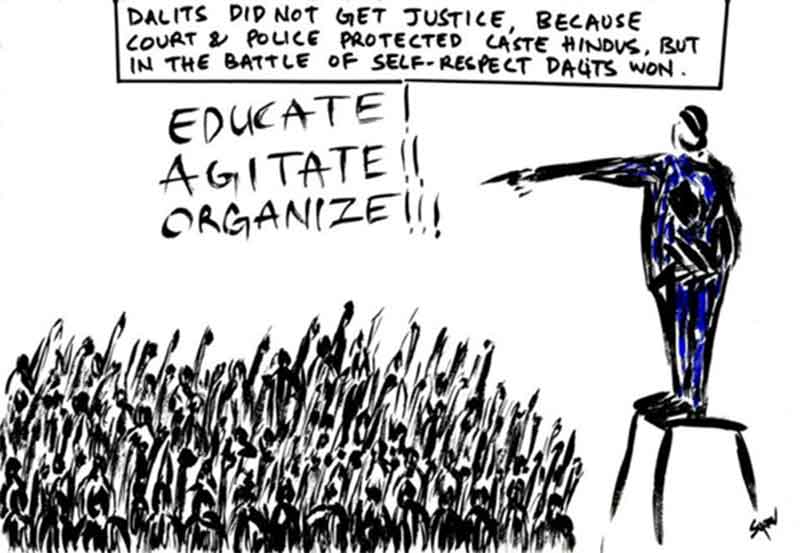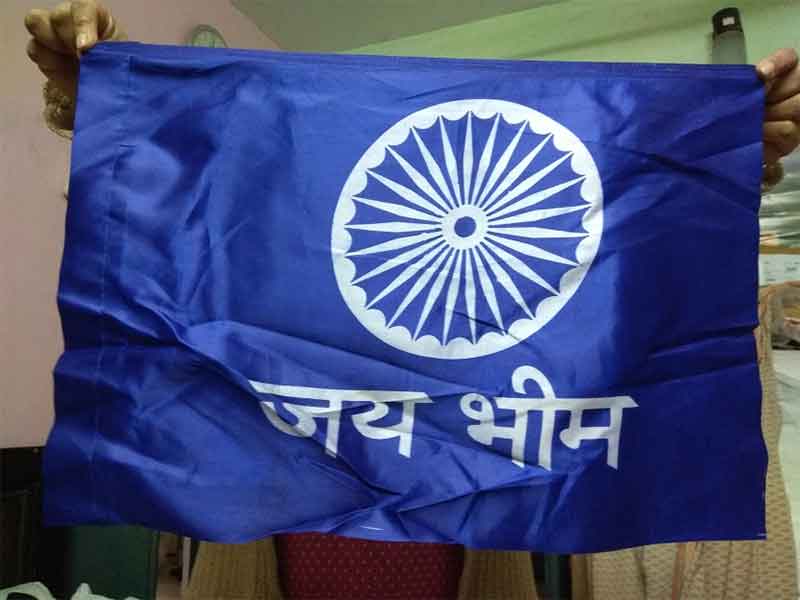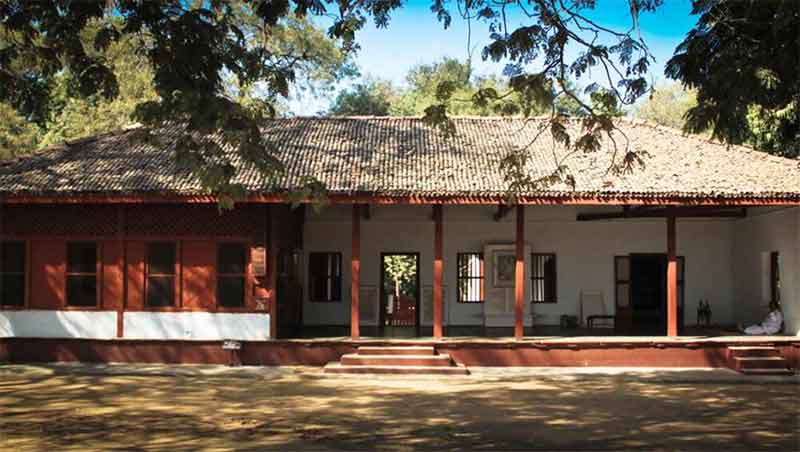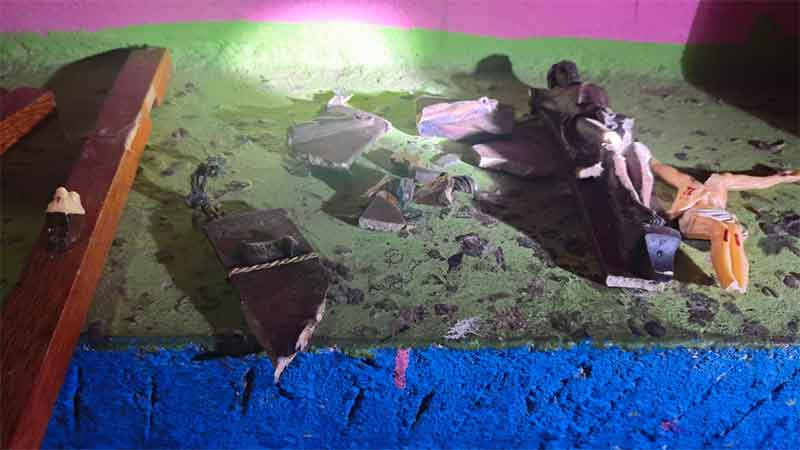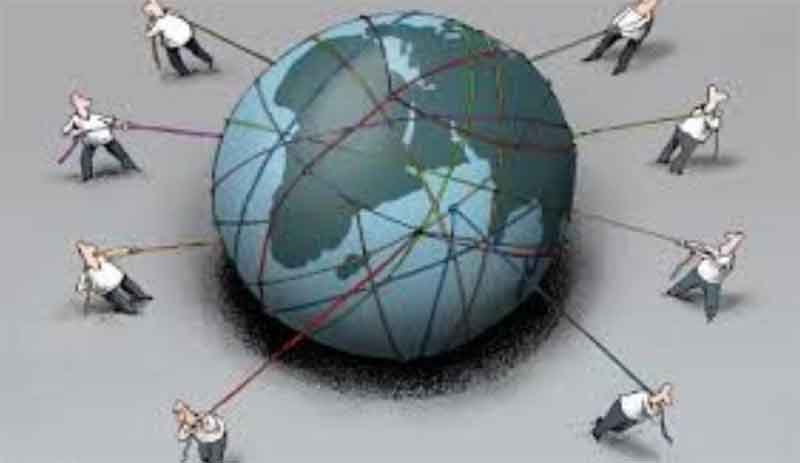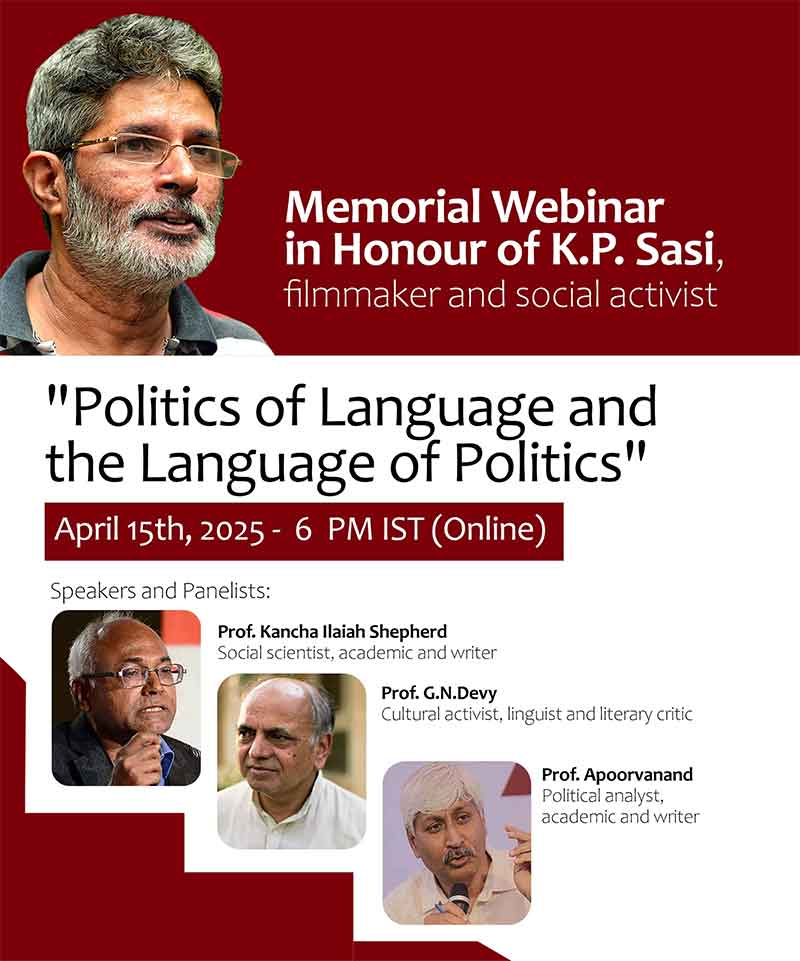
To
Dr Tedros Adhanom Ghebreyesus
Director General
WHO
Dear Dr Tedros Adhanom Ghebreyesus,
I am writing this letter as a concerned senior citizen from India, at the manner in which COVID19 is sweeping across the planet, raising questions about the global community’s ability to contain the spread of the virus.
It is ironic that the country which hosts WHO should record 103,729 cases till date, with a mind boggling mortality rate of 151 per a million population.
COVID19 has already touched almost all the continents. While it seems to have assumed a virulent form in Europe, USA and Iran, its footprint is clearly visible in South America already. While South Africa has reported some cases, the number of cases reported from the rest of the African nations is still ominously low.
There are five important aspects of the spread of COVID19 that should cause a serious global concern.
No one knows with any exactitude as on date, the real number of COVID19 infected cases globally, as the shortage of testing facilities and the shortage of resources have prevented many governments to cut back on carrying out tests on a large scale. It is possible that COVID19 is lurking hidden in many places where we are assiming that the virus does not exist at present. It may soon appear suddenly in an explosive manner in countries and regions hitherto not on its map. If this happens, it will pose a formidable challenge to the global community like never before.
There is a global shortage of testing facilities. Unless the manufacture of state-of-the-art test kits is increased adquately, one will never know where the virus has spread.
There is a worldwide shortage of protective equipment necessary to insulate the medical and the para-medical personnel from exposure to the virus. Already, in different parts of the world, doctors and nurses have got affected by the virus. If the medical personnel fall a prey to the virus, the outcomes will be disastrous.
Ventilators needed for the critically ill patients are in shortage. When the virus spread assumes a much higher level than now, it will impose such a heavy pressure on the medical infrastructure that the global community will find it difficult to respond at that time.
Many countries have resorted to blanket lockdowns as the means to contain the spread of the virus. In developing countries, the lockdowns have triggered a mass migration of marginal workers who have abruptly lost their jobs, creating a serious humanitarian crisis. Also, such a large-scale movement of the people can in itself become a vehicle for spreading COVID19. One should not be surprised if, in the coming days, this unleashes the appearance of the virus from most unexpected places.
Here comes the crucial question as to the role that WHO can and should play to stem the tide.
Since COVID19 poses a threat to the very survival of the global community, WHO should adopt a more proactive and aggressive role in addressing the above five concerns on a war footing. Not a single day should be lost in this as, when the virus touches its peak levels at a later date, there will not be enough time for meeting the challenge.
WHO should mobilise the other global organisations and the national governments to step up the rate of testing people for COVID19 across the planet, so that one can quickly assess the hidden danger of COVID19 and the magnitude of the global effort called for.
Second, WHO should ask the UN agencies to look at the humanitarian side of the lockdowns and make sure that the COVID19 responses do not trigger new problems that will reinforce the virus spread.
Finally, WHO should make an assessment of the gap between the likely peak demand for medical infrastructure and the level of its present availability so that all the available manufacturing capacities in the world could be quickly ramped up to fill the gap before the virus overtakes the world community.
Global community’s intervention is necessary because some countries may not have sufficient funds, enough medical infrastructure and adequate expertise to launch a counter offensive against the virus. It is in that respect that WHO should act as an agressive catalyst to mobilise resources, equipment and expertise and make the same available to those in need.
COVID19 is far too virulent for one single nation to be able to handle it. Its virulence in one nation should not be treated as a stand alone problem of that nation, as it can cut across the national boundaries rapidly and affect the other countries as well.
I hope that WHO will be able to rise to the occasion in the quickest possible manner and register its presence as an organisation that is capable of taming COVID19.
Regards,
Yours sincerely,
E A S Sarma
Former Secretary to Government of India
Visakhapatnam
SIGN UP FOR COUNTERCURRENTS DAILY NEWS LETTER





